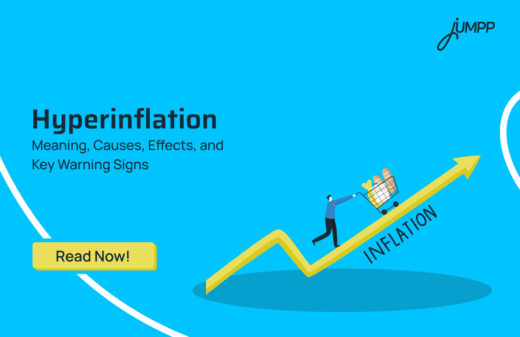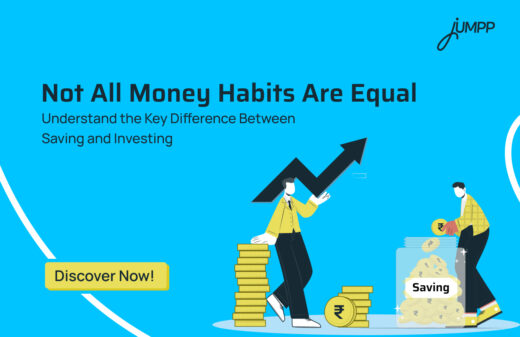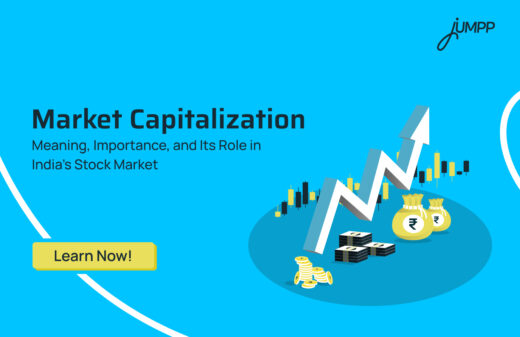Understanding Risk and Return: The Balancing Act of Investing

Imagine you’re standing on a cliff, ready to bungee jump. The thrill of the leap is unmatched, but so is the fear of the fall. Investing is no different. Every move you make carries a risk – but also the promise of a return. The art lies in finding the right balance to match your goals, needs, and appetite for uncertainty. It’s essential to understand the difference between risk and return.
What is Risk and Return?
Risk is the possibility of losing part or all of your investment. It’s the uncertainty around the outcomes you expect. On the other hand, return is the gain or loss you earn from that investment, usually expressed as a percentage of what you put in.
When you invest, you’re exposed to different types of risk:
- Market Risk: Changes in the overall market due to economic, political, or global factors.
- Credit Risk: The risk that a company or government won’t repay its debt.
- Liquidity Risk: The challenge of selling your investment without affecting its price significantly.
- Inflation Risk: When your returns don’t keep pace with rising prices, reducing purchasing power.
- Interest Rate Risk: Mainly affecting bonds, where a change in interest rates impacts returns.
- Specific Risk: Risks specific to a company or sector (also called unsystematic risk).
These are collectively known as types of risk in the stock market, but similar categories apply across investment classes.
Types of Returns
Returns can be of different types, depending on where you invest:
- Capital Gains: Profit earned by selling an investment at a price higher than what you paid.
- Dividend Income: Regular payouts that companies make to shareholders from their profits.
- Interest Income: Earnings from fixed deposits, bonds, or debt instruments.
- Rental Income: If you invest in real estate, rent becomes your return.
Difference Between Risk and Return
While risk is about uncertainty and potential loss, return is the reward you expect for taking that risk. It’s simple – no risk, no return. But more risk doesn’t always mean better returns either. That’s where the relationship between risk and return becomes crucial.
Relationship Between Risk and Return
In investing, there’s a clear principle: higher risk is generally linked with the possibility of higher returns. For instance, equity markets are volatile but historically offer higher long-term returns compared to safer assets like fixed deposits. Conversely, safer instruments give stable but lower returns.
This trade-off is what makes investing a balancing act. You need to decide how much risk you can handle in pursuit of the returns.
Returns don’t just come from markets going up. They can stem from:
- Price appreciation (capital gains)
- Dividends or payouts
- Interest earnings
- Business growth or rental yield
Each asset class has its own return sources, and diversifying them helps manage risks better.
Discover how spreading your investments across asset classes can reduce risk and enhance returns in our expert guide on what is diversification in investing.
Balancing Risk and Return
So, how do you master this balancing act?
1. Know Your Goals:
Are you investing for short-term gains or long-term wealth building? Your goals decide how much risk you should take.
2. Assess Your Risk Appetite:
Can you stomach market swings, or do they keep you awake at night? There’s no one-size-fits-all.
3. Diversify Your Investments:
Don’t put all your eggs in one basket. A healthy mix of equity, debt, gold, or even real estate can cushion market shocks.
4. Review Regularly:
Markets change, and so do your needs. Review your portfolio to ensure it aligns with your goals and risk profile.
Risk and return are two sides of the same coin in the world of investing. One cannot exist without the other, and understanding their relationship is what sets a confident investor apart from someone simply following the crowd. Investing isn’t about avoiding risk entirely – it’s about knowing which risks are worth taking to achieve your goals. When you understand what you’re risking, why you’re risking it, and what you stand to gain, you give yourself the clarity and control needed to build wealth with confidence and peace of mind.
Risk and Return Formula:
While there isn’t a single universal formula, a common measure is Return = (Gain from Investment – Cost of Investment) / Cost of Investment x 100%. Another approach is using the Sharpe Ratio, which calculates excess return per unit of risk taken, helping compare different investment options.
Track your investments and manage risk smarter with our Investment App.
Risk and Return FAQs
Risk is the chance of losing money on your investment, while return is the profit you earn from it.
Knowing how much risk you’re taking for the expected return helps you make smarter, goal-aligned investment choices.
Market risk, credit risk, liquidity risk, inflation risk, interest rate risk, and specific risk.
Capital gains, dividend income, interest income, and rental income.
By knowing your goals, assessing your risk appetite, diversifying your investments, and reviewing your portfolio regularly.
Not necessarily. While higher risk can lead to higher returns, it also increases chances of loss. Balance is key.
Return = (Gain from Investment – Cost of Investment) / Cost of Investment x 100%. It tells you your percentage gain on investment.






